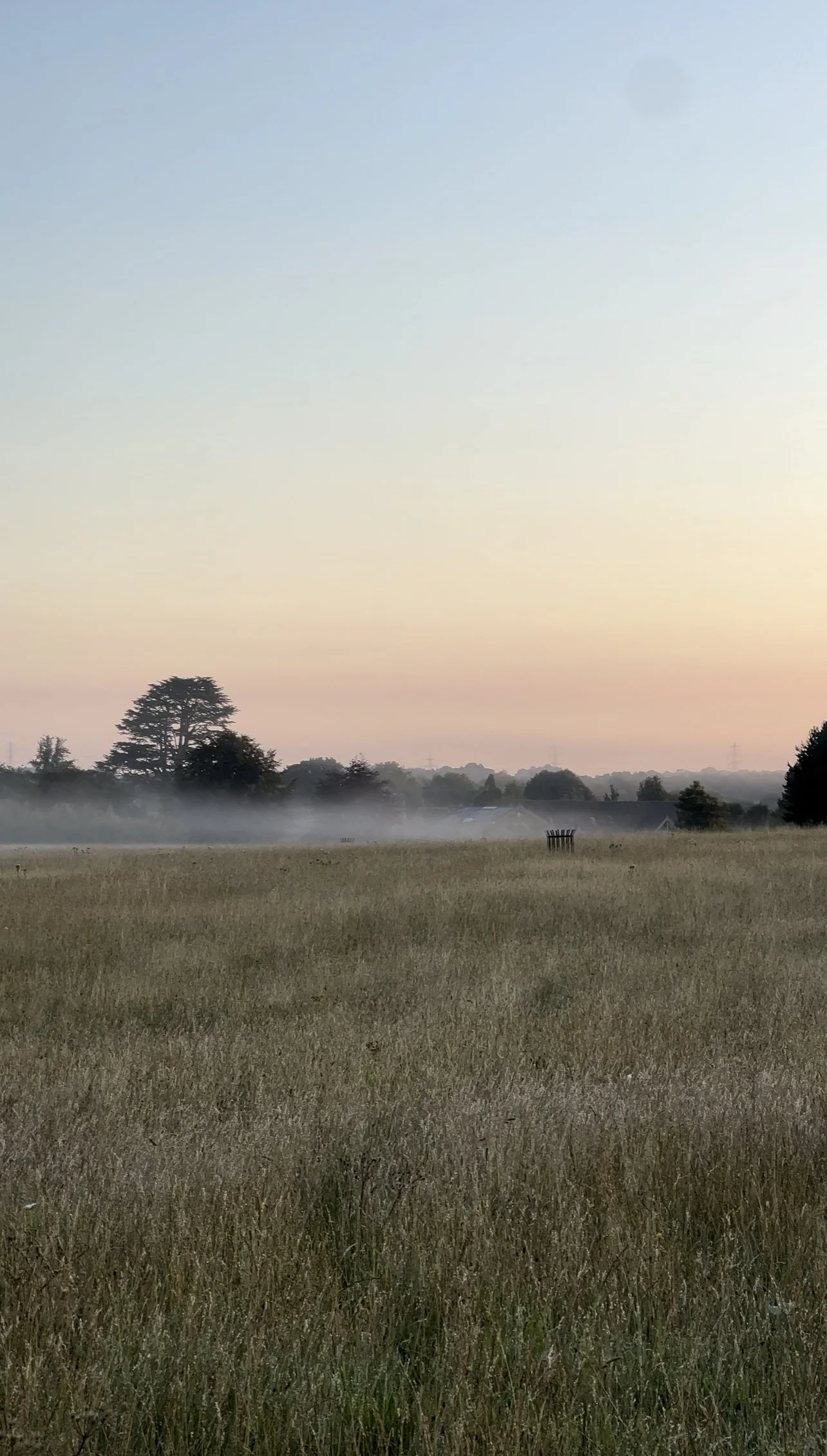Seed Heads, Burrs & Food for Departing Migrants
WORDS BY: Oliver Fox, West Oxfordshire Farmland Bird Project
Returning from any walk around the water meadows at Thyme these days now involves the ritual of removing seeds and burrs from your trousers, sleeves and bootlaces. Although not perhaps the main target of this seed dispersal mechanism, we end up collecting many seed heads and burrs as we walk through the long grass and dense vegetation. Thistle-down blowing across rough grassy areas is an effective method of seed transport and the fine filaments of the down easily stick to our clothes. The sticky burrs of Cleavers and Greater Burdock are covered in small, hooked hairs or bracts which latch onto passing mammals too. Along the woodland rides and shady paths, the hooked seeds of Wood Avens also latch themselves onto us, although typically dispersed via smaller mammals.
Seeds and seed heads themselves often provide critical habitat for the early stages of many insects and other fauna. There are many well-known associations between species of invertebrate and a particular flowering plant used exclusively for food source. Similarly, there are relationships between specific plant seed heads and the larval stages of certain insects. Foremost these are, several species of micromoth which depend on the seeds or seed heads of one particular plant; long after the wildflowers have set seed, they still provide valuable food and homes for caterpillars and other insect larvae. Traditional hay meadows, environmental stewardship margins around arable fields and no-mow May lawns may all deliver valuable food resources for pollinators at certain times of the year, but do not necessarily provide year-round habitat for other key stages in the life cycles of these insects.
Merzomyia westermanni is a stunning, but tiny, fruit fly, sometimes given the vernacular name Swiss Cheese Tephritid due to its orangey-brown wings being pockmarked by silver “holes”, that depends on just a few species of flowering plant. The larvae of this small fly develop and feed within the capitulum, the composite flowerhead, of either Hoary or Common Ragwort before emerging as adults in late summer.
Another local species of diverse grassland is the Small Yellow Underwing moth, a day-flying species whose larvae feed on the seed heads of Common Mouse-ear and similar Cerastium species. Grassy meadows and downland which supports this widespread but fragile plant often harbour a colony of the scarce moth too, although the abundance of sites where the two coincide is decreasing. There are several even smaller moth species whose life cycles are closely intertwined with the seed heads of specific meadow plants that are found in the rich fields around Southrop. The caterpillars of the imaginatively named Metzneria metzneriella moth feed exclusively within the seed heads of Greater Knapweed, while the closely related Metzneria lappella larvae feed and then pupate in the seedheads of Great Burdock.
While some insect species only use the seed heads for a short period of time and for a particular stage in their development, others utilise the relative safety of the seed head to hibernate over winter, protected from the weather and predation. The range of species that depend on a prevalence of seed heads throughout the year is huge and not fully explored.
Emerging caterpillars, ripening hedgerow fruits and drying seed heads all offer the perfect feast for migrating birds as they depart for winter quarters further south. The diversity of un-grazed and un-mown grassland habitat at Thyme provides this valuable resource in abundance. Garden Warblers and relatives gorge on berries, Goldfinches feast on thistle and teasel seeds and Green Sandpipers drop in on the muddy borders around the wader scrapes. Throughout August and September, the hedgerows, field margins and wet areas in the water meadows are the ideal refuges for migrating birds.
West Oxfordshire Farmland Bird Project is run by a small team of volunteers to promote conservation, research and engagement with several local farmers and landowners. The project aims to help turn around the worrying declines in farmland bird populations seen in the UK over the last 50 years, through the promotion of wildlife-friendly management practices, environmental stewardship options and awareness of challenges faced by farmland birds throughout their life cycles. Over the last five years the project has worked on a large number of farms on the conservation of several key species, including Corn Buntings, Yellowhammers, Reed Buntings, Tree Sparrows and Barn Owls.
For more updates, follow the West Oxfordshire Farmland Bird Project on Twitter.





